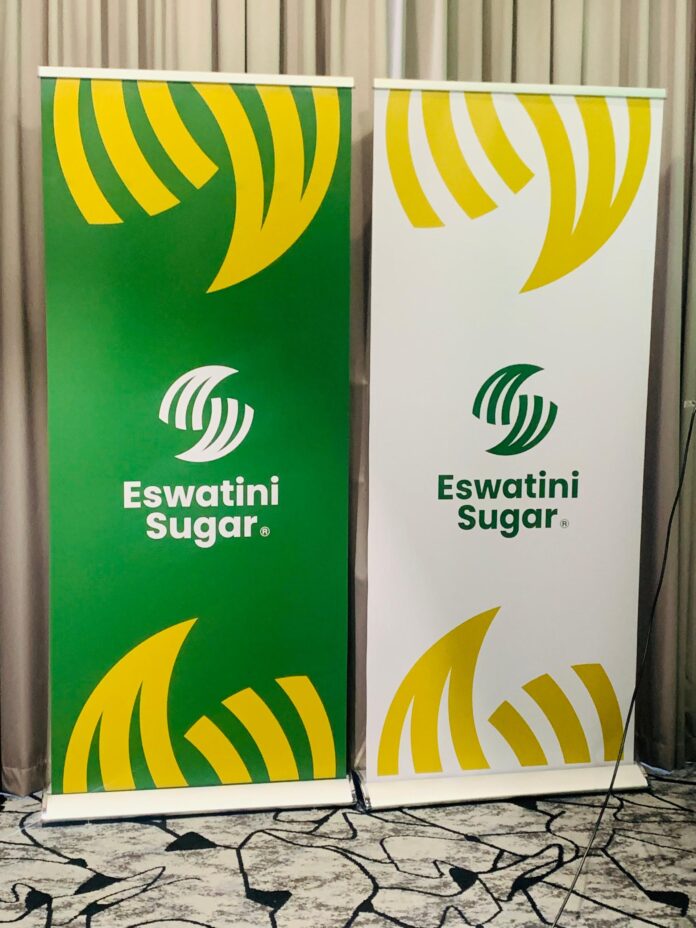Eswatini Sugar has announced total revenue of E7.7 billion for the 2024/25 financial year, marking a E300 million increase from the E7.4 billion reported in the previous year.
Speaking at a press conference held yesterday at the Hilton Garden Inn in Mbabane, Chief Executive Officer (CEO) Banele Nyamane stated that sugar production for the year had reached 641 000 metric tonnes, reflecting an improvement in both yield and operational output.
Nyamane explained that after deducting E400 million in operational costs, E7.3 billion was distributed to growers and millers.
In line with the sugar industry agreement, 68.1 per cent of the revenue was allocated to growers, while 31.9 per cent went to millers.
“This represents a significant improvement from last year in terms of what was paid out,” said Nyamane.
He stated that while the increase in revenue may appear modest, it was achieved during a time when sugar prices were at their highest, which is a commendable feat.
He further noted that some millers also engaged in cane growing and therefore benefit from both aspects of the value chain.
Nyamane emphasised the industry’s heavy reliance on local financial institutions to support operational financing.
Also Read: ‘Police raped me at police station’
The sector’s finance costs for the year stood at E300 million.
“One of the cornerstones of the sugar industry is that once a farmer harvests, they are guaranteed payment by the following year to enable replanting,” he said.
The CEO said to support this system, they relied on external financing, which becomes the responsibility of the association to ensure that growers and millers could focus on their operations without financial uncertainty.
Nyamane stressed that the ES was a non-profit organisation, meaning that any funds remaining at the end of the financial year were distributed to the growers and millers.
“Our role is to support the sector, not to make profit,” he added.
He went on to explain the full value chain that begins with the sugarcane, highlighting that the main product remained raw and refined sugar, although several by-products are also generated.
Nyamane noted that over the past two years, the industry had expressed concern over declining yields and production levels.
For instance, sugarcane harvested in 2018 totalled 6.28 million tonnes, but by 2023, this had fallen to just 5.1 million tonnes.
“There were a number of challenges contributing to this decline.
However, we are encouraged by the results of various interventions introduced, which are now beginning to bear fruit.
Even just three months into this year’s harvesting season, we are already seeing signs of improvement,” he said.

As an example, Nyamane cited that in 2023, Eswatini experienced a nationwide sugar shortage, while this year no such disruption has occurred largely due to improved yield and more efficient production systems.
He noted that one of the key issues affecting yield had been the quality of the sugarcane.
“While some canes appear large in size, the juice content, which is what we actually want, is lower.
This affects the total sugar output,” he explained.
He also pointed to poor management practices, highlighting that sugarcane cultivation required close attention.
He noted that the older generation was more dedicated to proper cane management, but there had been a knowledge gap in recent years.
He said many of the traditional practices that once worked had been overlooked or abandoned.
Other contributing factors to the drop in production included unfavourable weather conditions, climate change, soil health deterioration, pest infestations, disease outbreaks, shortened growing seasons, and poor variety selection.
For example, sugar production in 2023 stood at 587 210 metric tonnes, significantly lower than the 625 361 metric tonnes produced the year before even lesser than the production during the previous drought period.
“This obviously impacts our sales. We can only sell what we produce,” Nyamane stated.
He also acknowledged that the association’s members were involved in other important roles such as electricity production and community development, highlighting the sector’s broader contribution to national development.
“As an association, we work on behalf of all our members; both growers and millers. Our primary task is to ensure the sector remains competitive, sustainable, and resilient for all stakeholders,” he said.
Nyamane stated that sugar industries in neighbouring countries such as South Africa, were currently facing serious challenges.
“We have a responsibility to make sure that the Eswatini sugar industry does not become vulnerable in the same way,” he said.








